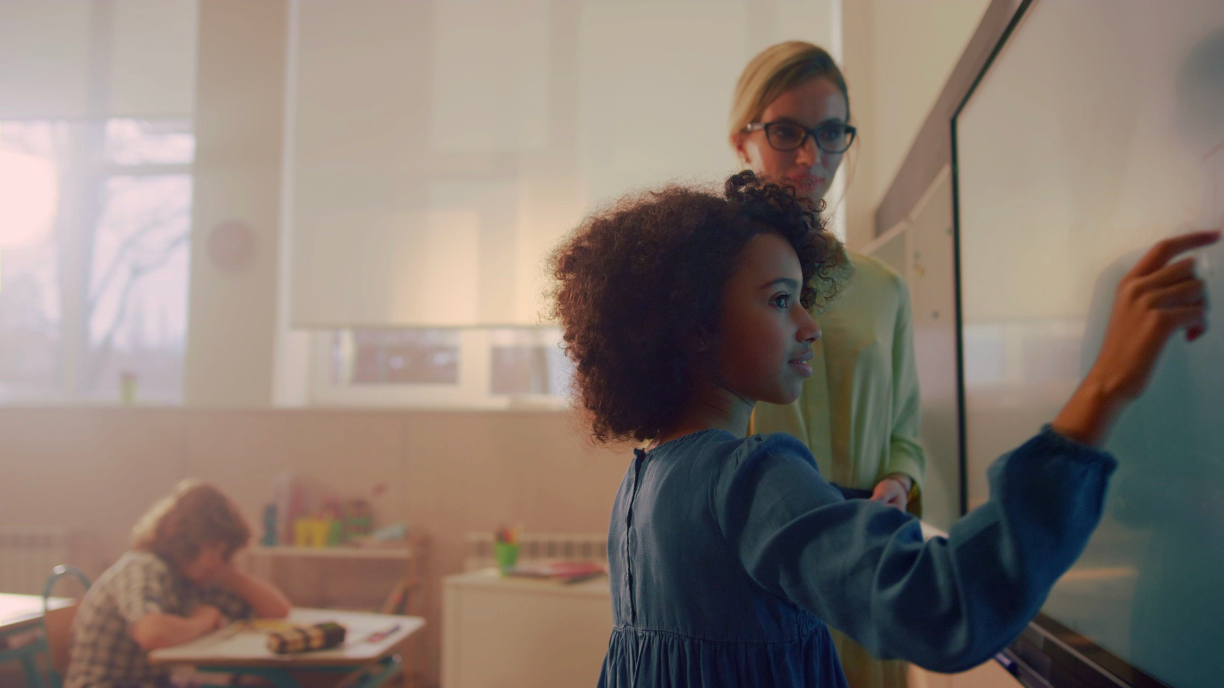Learning Game Design for Each and Every Learner
 Because every student learns differently, schools should be flexible learning environments that provide students with positive and engaging learning experiences to become successful, lifelong learners. Universal Design for Learning (UDL) is a research-based framework that helps teachers plan learning to meet the diverse and varied needs of ALL students and provide them with equal opportunities to succeed. The three UDL principles are engagement, representation, and action and expression:
Because every student learns differently, schools should be flexible learning environments that provide students with positive and engaging learning experiences to become successful, lifelong learners. Universal Design for Learning (UDL) is a research-based framework that helps teachers plan learning to meet the diverse and varied needs of ALL students and provide them with equal opportunities to succeed. The three UDL principles are engagement, representation, and action and expression:
Flexibility in representation: Learning environments should provide learners with a variety of ways to present information, e.g. through visual, auditory or tactile means, to accommodate different learning styles and preferences.
Variety of expression: Learners should have different ways of expressing their understanding and showing what they have learned. These could include opportunities for oral or written expression, artistic expression or the creation of digital media.
Active engagement with multiple learning pathways: Learning environments should be designed to engage learners in multiple pathways, for example by offering them a choice of activities, materials or teaching methods. This can help to foster motivation, interest and a sense of ownership of the learning process.
The Kinems educational games platform is in line with the UDL framework as it provides teachers with different options to customise the students' game experience. Teachers can choose the type of game activity, difficulty level and other parameters such as time limits, power-ups and interaction modalities (e.g. hand gestures, body movements, etc.) so that students can engage with the game in a way that is interesting, challenging and motivating for them. This gives students the opportunity to engage with the learning in a way that is meaningful and enjoyable for them. In this way, learning can become more meaningful and students can develop multiple skills: academic, cognitive, motor and social-emotional.
Here are some examples:
In U-paint game, students use their hand and body movements to pop bubbles with letters or numbers on the screen. The game offers multiple ways to engage by giving students different background settings (e.g. space, ocean, etc.) and the ability to adjust the speed and difficulty of the game. In this game, students use their body movements to draw a picture on the screen. In addition, the game offers several possibilities for engagement by providing students with different types of brushes (e.g. paintbrushes, spray paint, etc.), colours and canvas sizes with which they can also express themselves while painting by hand. In this way, pupils can engage with the game in a creative and personal way.
RuniRoon is an engaging running game that helps a child understand visual and/or verbal instructions. The child must use his/her body to control the character (a raccoon), which runs along a path to collect the correct objects, which then appear. By walking sideways, the child helps the running raccoon to collect the objects and avoid obstacles or objects that look very similar to the given instruction, e.g. collecting shapes of a certain colour and shape. The game simultaneously promotes the children's attention to audio-visual stimuli and motor planning. The teacher/therapist can configure the game settings according to each child's abilities by adjusting the speed of the running figure and the duration of the game, etc. In addition, to provide a session on a specific learning objective, the teacher/therapist can choose from different libraries, e.g. shapes & colours, fluent mathematical operations, add/even numbers, etc. The teacher can also choose whether or not the messages should appear on the screen all the time so that the child can train his/her memory skills.
Kinems' multi-sensory educational play platform effectively supports teaching and learning with its 37 games and more that 400 activities interaction. It innovative approach to promoting touchless, embodied (movement-based) interaction enriches traditional pedagogical practice and provides opportunities to integrate the body and movement into the learning process, fully aligned with the UDL framework for an inclusion classroom.
Kinems' multi-sensory educational gaming platform effectively supports teaching and learning with its 37 games and more than 400 interactive activities via multiple modalities/devices such as interactive board/panel, tablets. Laptops/PCs. The innovative approach to promoting touchless, embodied (movement-based) interaction enriches traditional pedagogical practice and provides opportunities to integrate the body and movement into the learning process, in line with the UDL framework for an inclusive classroom.
More about the UDL framework at CAST.org
More about Kinems?
If you want to schedule a quick call or schedule a “brush up” training: Book an online Kinems session
We welcome ideas from teachers and partners on how to deliver engaging digital learning experiences as part of UDL.
Let us know by emailing us at: support@kinems.com.